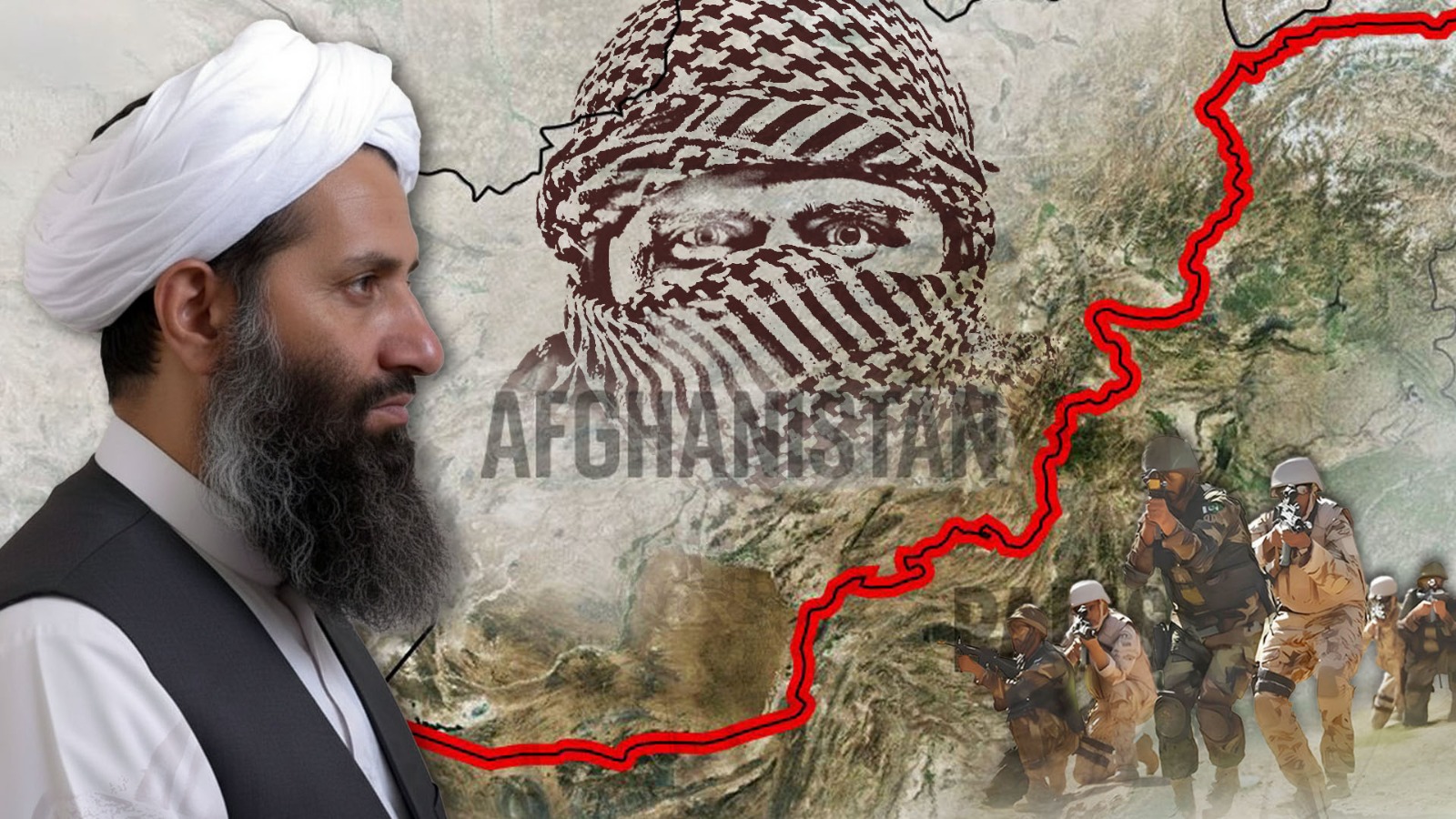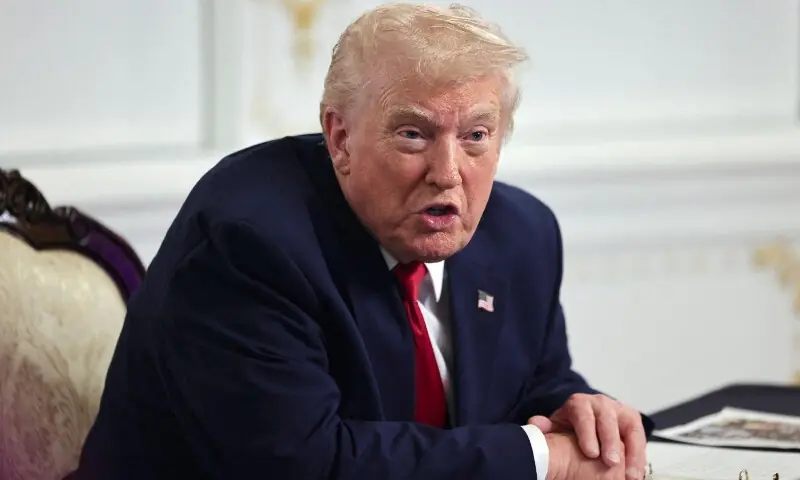India has shifted its strategic orientation from a countervalue to counterforce posture. The shift, signalling a move from hitting civilian to military infrastructure and strategic targets, has far reaching implications for regional security and is more likely to impact Pakistan.
The development needs understanding and exploring responses for stability in South Asia with hundreds of years of old animosities and nuclear risks. India’s early nuclear posture with a focus on counter value strategy rooted in deterrence as a strategy of threat of massive retaliation against population centres was also a central theme. Key tenets of this approach were India’s ‘No First Use’ (NFU) policy and pursuit of strategic stability through deterrence — not warfighting.
However, since the shift in India’s military doctrine along with the improvement of its nuclear capability adopted after 1998, there is a comprehensive view that counterforce is India’s option. It zeroes in on destroying the enemy’s military assets — missile silos, command and control sites, strategic installations — making the nuclear first use option that much more tempting.
Advances in technology, such as precision-guided munitions, missile defence systems, and surveillance capabilities have enabled India to pursue counterforce capabilities. These developments have permitted India to contemplate pre-emption as an option, and to confront the conventional stability of deterrence in South Asia. For instance, India intends to neutralize Pakistan’s second strike capability, and this will be evident through the acquisition of systems like the Ballistic Missile Defense (BMD), and hypersonic weapons systems. This would tempt India into launching a pre-emptive strike on the grounds that it can reduce the retaliatory damage it suffers, thus escalating the risk of miscalculation and escalation.
However, this strategic shift has serious implications for Pakistan. With its decreasing degree of operational capabilities and a comparatively smaller as well as less technologically advanced arsenal, Pakistan is in a dilemma with regard to possessing credible deterrence. India’s counterforce orientation not only contests Pakistan’s deterrence posture, it in fact raises the odds of a dangerous arms race in the region. Pakistan has a unique challenge as it attempts to balance progress with India while also corralling scarce resources away from socio economic development further worsening existing challenges in governance and economic stability.
Moreover, the transformation to a counterforce strategy erodes the accepted wisdom of deterrence stability in South Asia. The fact that the nuclear balance of terror depends on both the adversaries having equal vulnerability is undermined when one party believes that it can gain an advantage by eliminating the other party’s nuclear forces.
In increasing such perception of risk, crisis instability is more likely for conflict to rapidly escalate up to nuclear level in fear of preventive strike. India’s strategy also yields broader implications for international non-proliferation efforts and regional geopolitics, as it changes over time. This is a deviation from a typically restrained nuclear weapon tradition and consistent with the global powers’ ambitions for strategic dominance. This trend undercuts the credibility of the disarmament initiatives and complicates efforts for maintaining global nuclear stability. This development by large necessitates a nuanced reaction from Pakistan as it should be able to deter engagement without getting itself directly involved in an unsustainable arms race.
Against this backdrop, Pakistan’s options in response to India’s counterforce orientation must persist on credible deterrence without sacrificing Pakistan’s long-term security and economic interests. To say the least, Pakistan needs to invest in survivable second-strike capabilities first and foremost. This means building and distributing its strategic assets to keep them operational in the event of a first strike. Ballistic missiles, both as a submarine-launched ballistic missile (SLBM) and as a mobile missile system, can increase Pakistan’s capability to maintain a credible deterrent. Pakistan also needs to enhance its command control, stop any unauthorized use and have effective crisis management. It will be able to modernize its early warning systems and use current and next generation surveillance technologies to detect and respond to potential threats.
Diplomatic engagement has salience for dealing with the challenges that India’s strategic shift presents as well. Pakistan should have its own arms control and confidence building measures advocated in the region. Proposals to mitigate the risk of escalation include a bilateral no first use agreement, limitations in the deployment of missile defence systems, and limitations on the development of counterforce capabilities. Pakistan can improve its standing in asking for regional stability by engaging in international forums and by making use of major powers’ support. Pakistan must also tackle its own vulnerabilities that could emerge in a crisis. Reducing the risk of destabilization will only be possible by strengthening its economic foundations, improving its governance and building social cohesion. Pakistan will be free to focus on its strategic priorities if it has a robust domestic foundation built on which the challenges inside will not be an obstacle. India’s shift in nuclear strategy has implications for the international community as well.
India’s tilt from a counter value strategy to a counterforce strategy will inevitably have far reaching implications with respect to Pakistan and the stability of the region. The challenges this development presents are considerable, but they must be met in a measured and considered manner by Pakistan – raising its deterrent capabilities, pursuing diplomacy, and tackling internal vulnerabilities. However, to manage such complex dynamics in a comprehensive and balanced way and protect its national security interests while safeguarding that of other states as well, Pakistan must rise to the occasion.









